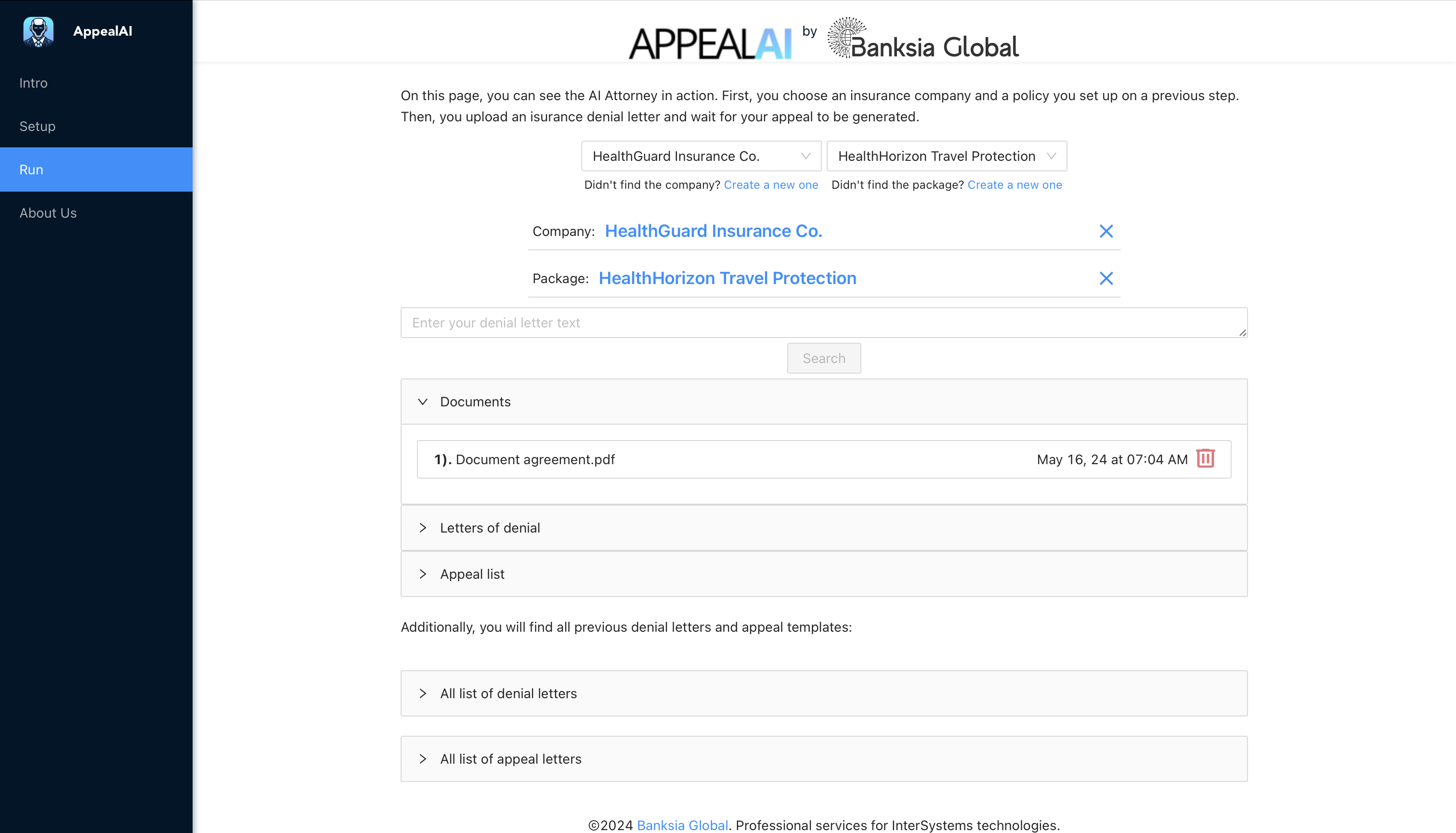As the announcement of Studio's deprecation has been made, users may be wondering about making a smooth transition to VS Code.
George James Software has extensive experience in VS Code, through regularly contributing to VS Code itself and building and maintaining a number of Extensions. This, combined with our expert knowledge of InterSystems technologies, gives us an in-depth understanding of what the process involves and means we have the unique capabilities to ensure a smooth migration from InterSystems Studio to VS Code.
We offer bespoke consultation, with recommendations that are tailored to your organization's specific needs. Alternatively, we will be hosting a monthly public webinar that is designed specifically for users migrating from Studio to VS Code.
If you're ready to make the switch and would like to find out more, please come and speak to us at the Global Summit next week - you'll be able to find George James Software in the Partner Pavilion. Our team will be happy to chat with you about how you can ensure your migration is seamless.
Alternatively, you can send me a direct message here on the Developer Community, or email us at info@georgejames.com.

%20(3)(1).jpg)

